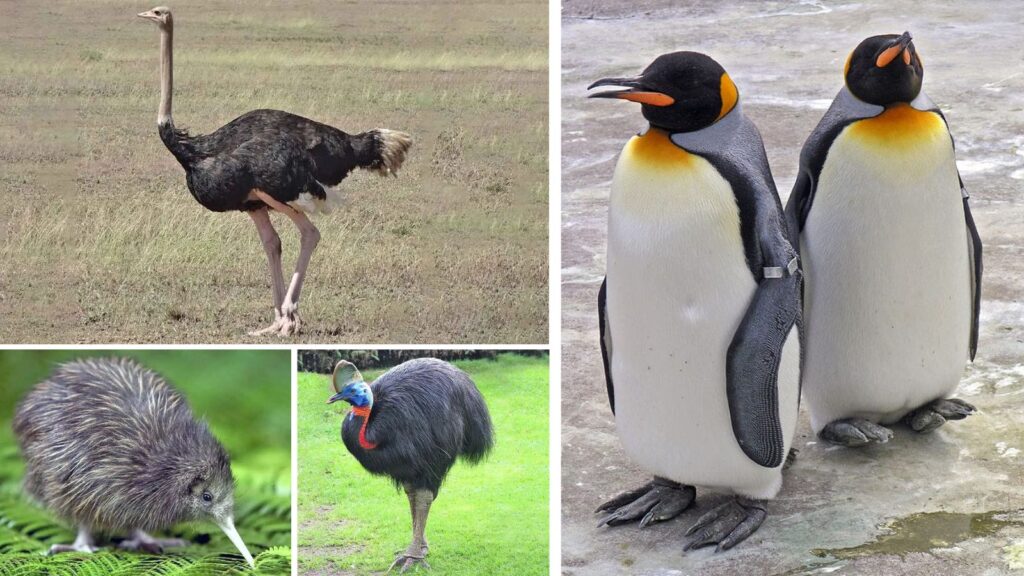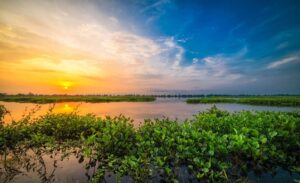8 Unique Flightless Birds and Their Remarkable Adaptations to Ground Life

8 Unique Flightless Birds and Their Remarkable Adaptations to Ground Life
Flightless birds evolved their traits due to a combination of factors such as a lack of predators, particularly on islands, and the energy demands of flight. Check the list of birds that don’t fly.
Over millions of years, natural selection favored ground-based survival strategies like running or foraging. These birds show how species can adapt dramatically to their environments. Here are eight fascinating flightless birds and the unique ways they’ve adapted to life on the ground:
Steamer Ducks: Native to southern South America and the Falkland Islands, steamer ducks have heavy bodies, and three out of four species are flightless. Even those that can fly struggle with takeoff due to their large size. They are known for their aggressive territorial battles.
Weka: These curious, chicken-sized birds are found in New Zealand. They are excellent runners with strong legs but reduced wings, rendering them flightless. They are drawn to human activity and are known for their intelligence.
Ostrich: The ostrich, found in Africa, is the world’s fastest-running bird and can sprint up to 43 mph. Although they can’t fly, their wings help with balance during high-speed runs. Ostriches are also the largest living birds.
Kiwi: Native to New Zealand, the kiwi has small vestigial wings and no need for flight in its predator-free environment. It uses its keen sense of smell to forage, which is unusual among birds.
Penguins: Found in the Southern Hemisphere, penguins have streamlined bodies and short, rigid wings for diving and swimming. They spend most of their lives in water but lay eggs on land. Their inability to fly is compensated by their exceptional swimming ability.
Kakapo: The kakapo, also from New Zealand, is the world’s heaviest parrot and nocturnal. It can’t fly due to its small wings and lack of flight muscles. Instead, it uses its wings for balance and cushioning falls.
Cassowary: Found in New Guinea and Australia, the cassowary is a large bird with strong legs but cannot fly due to its hefty body. However, it is a skilled jumper, capable of leaping up to 7 feet. Its powerful legs can also deliver dangerous kicks.
Takahe: Once thought to be extinct, the takahe was rediscovered in 1948. With striking blue-green plumage and large red bills, these ground-dwelling birds are critically endangered.
Additionally, Rheas are native to South America and are similar to ostriches and emus, with strong legs for running. The dodo, an extinct flightless bird from Mauritius, is often cited as an example of human-induced extinction.












